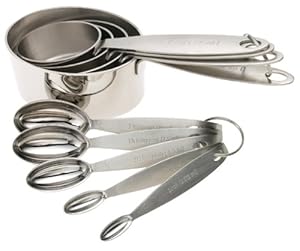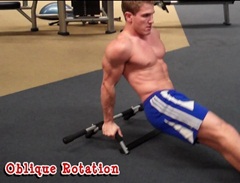Meditation has been used by humans for thousands of years to calm and soothe the mind, and to return the human body back to a central point. Meditation requires for some a quiet room without distraction, but for others it requires a place that sounds tranquil. Insight Timer Meditation is an app that comes in both a free version as well as a paid version that is ad free and costs $1.99. This app also has a social aspect to it, and you can link several of your social sites like Facebook and Twitter to your meditation account.
What the developer says about the application:
Imagine the sound of beautiful Tibetan singing bowls, gently and peacefully guiding you through your meditation session. Your attention focused inward with no need to worry about the clock…
Insight Timer gives you this and much more. It's simple enough to get started with just a few taps, yet powerful enough to handle the most sophisticated mediation routines with advanced features such as interval bells, presets and a meditation journal.
With the Insight Connect feature, you can become part of a global meditation community - seeing at a glance people around the world who are meditating with you. Link your Facebook or Twitter account and you and your friends can follow and support one another's practice. You can also make new friends who share your love of meditation.
* * * * * * * * * *
- You'll love our bells! Recorded with high quality digital audio equipment at a famous meditation center, these new bell samples are amazing. Crystal clear with extra long fade outs. They sound great with the built-in speaker, but to get the full effect, try using headphones or external speakers.
- Choose from seven different bells of varying size and metal compositions - from bright and clean to deep and complex with lovely overtones. A wood block sound is also included.
- Bells can be configured to ring at the start, the end, and at specified times during your session. Each bell can be set to ring once, twice or three times. The delay between strikes is configurable from 1 to 20 seconds.
- Powerful logging and statistics features allow you to track your progress over time. Multiple charts, a complete session log and helpful statistics give you a complete picture of how your practice is evolving.
- Presets allow you to save an unlimited number of configurations and assign names to them. If you have multiple meditation routines (such as Morning and Evening), this makes it easy to switch between them without any configuration changes.
- You may set a background image from your own photo album. While the timer is running, your image is shown full screen. Optionally, the time display and controls can be hidden so that they are shown only when the image is tapped.
- Meditation Journal: You may enter notes about each session when the timer ends - a practice that many people find to be helpful and therapeutic. Your journal entries can be exported via an email attachment. Journal access may be password protected to ensure privacy.
- Insight Timer is geared toward meditation, but it also works great for yoga, Reiki, exercise or any other activity that you wish to time.
- Pause and resume your timer session.
- Bells will ring even when the device is locked so you can turn off the screen to save power and eliminate ambient light.
- Optionally vibrate with or instead of bells.


















